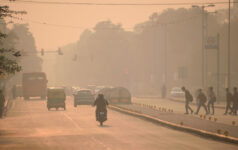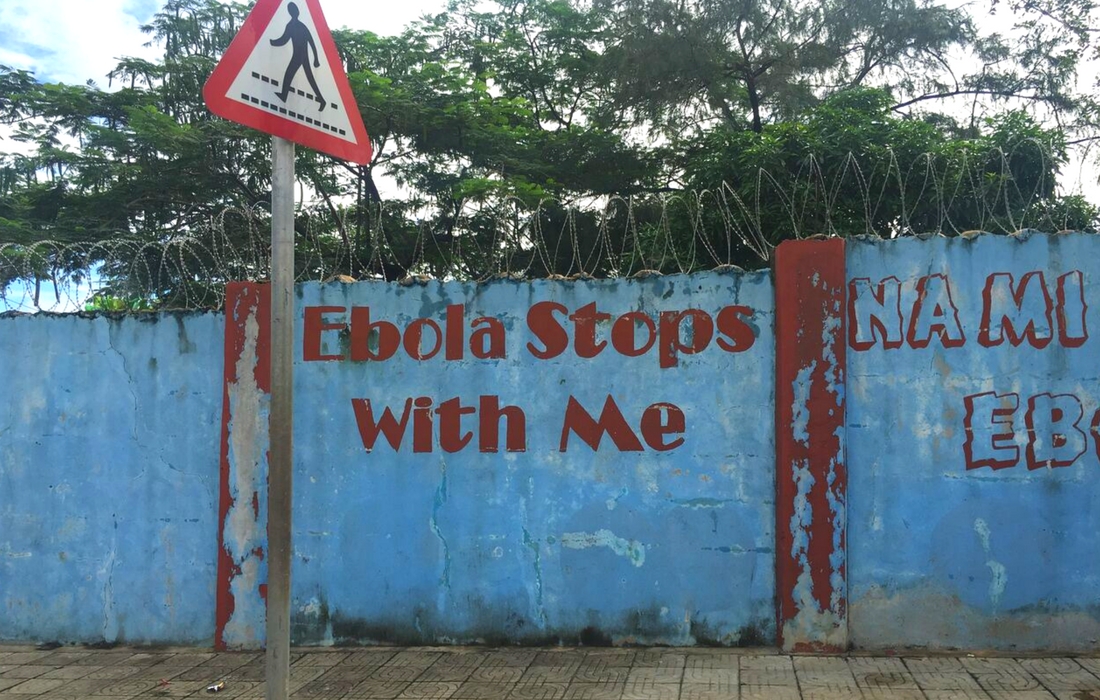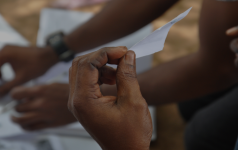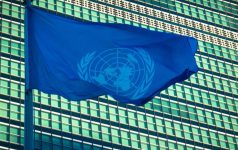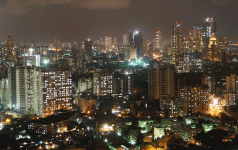Dalberg uses cookies and related technologies to improve the way the site functions. A cookie is a text file that is stored on your device. We use these text files for functionality such as to analyze our traffic or to personalize content. You can easily control how we use cookies on your device by adjusting the settings below, and you may also change those settings at any time by visiting our privacy policy page.
Originally published by the Stanford Social Innovation Review
Atop the gleaming Four Seasons Hotel in Worli, Mumbai, wealthy locals and affluent tourists sit on plush couches and sip $18 cocktails. From this glamorous rooftop bar, five-star hotels, gleaming condominium towers, and other elements of the modern Mumbai skyline are visible, and that view is a testament to the city’s growing wealth. But a closer look reveals the many slums that dot the Mumbai landscape—slums that are stacked alongside highways, nestled under bridges, and even strewn across sidewalks.
Despite inhabiting the same expanse of 200 square miles, the poor and the wealthy in Mumbai face each other across a deepening physical and social chasm. This separation is a reflection of the increasingly prevalent vision among city governments in the developing world to become “world-class.” From Accra to Jakarta, cities across the globe seek to model themselves after their perception of what a world-class city should look like. It’s a model—exemplified by cities such as Singapore and Dubai—in which the defining characteristics are a modern skyline, a high level of efficiency, and an absence of visible signs of poverty.
Municipal leaders pursue this “world-class” vision to attract investment, to cultivate their cities’ integration into the global economy, and to improve the quality of living standards. Too often, however, those benefits accrue only to the wealthiest and most powerful residents of a city.
This week (April 5-11), the World Urban Forum 7 is meeting in Medellin, Colombia. The World Urban Forum 7 is the major annual United Nations conference on urban development, and this year it will bring together more than 10,000 participants from 160 countries to examine the uneven effects of such development. (The theme of the conference is “Urban Equity in Development—Cities for Life.”) The decision to focus on that issue comes not a moment too soon.
SKYSCRAPERS AT THE EXPENSE OF SEWAGE SYSTEMS
Driven by high levels of rural-urban migration and booming birth rates, rapid population growth within cities has contributed to rising levels of urban poverty and in the growth of informal slum settlements. Although slums offer an inexpensive gateway into cities for poor migrants, slum-dwellers typically face inadequate and insecure living conditions, high vulnerability to health and environmental risks, and social exclusion. An estimated 830 million slum-dwellers live in cities all across the globe. In fact, they account for more than 30 percent of the developing world’s urban population, and that proportion is even higher in some cities: In Nairobi, 60 percent of all residents live in informal settlements.
Despite these challenges, urbanization offers opportunities to reduce poverty with a high degree of efficiency. Urban density, for example, enables governments and other entities to leverage economies of scale in education, health care, and basic service delivery. Yet for many municipalities, the quest to become “world-class” has resulted in misplaced priorities and in decisions that are harmful to the urban poor. Cities raze slums instead of upgrading their housing stock. They invest in commercial properties instead of basic infrastructure and services. In Lagos, for example, the government has conducted slum demolitions without warning in pursuit of urban “beautification,” often leaving residents with nowhere to go.
SUPPRESSING THE INVISIBLE ENGINE OF CITIES
Changing urban demographics are also contributing to the expansion of informal economies—systems of economic activity that flourish outside the purview of government regulation. Experts estimate that the majority of slum-dwellers are employed informally. In city after city, the informal economy is not only a source of employment for the poor, but also a critical provider of goods and services to the broader urban population. In most of the developing world, for example, informal waste pickers perform more than half of all waste collection activities, and their services benefit urban communities and the environment as a whole.
THE NEW WORLD-CLASS CITY
Unfortunately, the pursuit of “world-class” status often translates into urban-planning and policy decisions that are hostile to informal workers. These decisions restrict economic opportunities for the urban poor and exacerbate urban inequality. The government of Hanoi, Vietnam, for instance, has banned vendors from its streets in an effort to “beautify” the city. Across the globe, urban informal workers also lack legal protection and political voice—a condition that increases their vulnerability to exploitation and harassment. In Nairobi, for example, city officials have been found guilty of intimidation, arbitrary arrests, and even sexual violence against street traders.
We want to redefine the “world-class city” as an inclusive city. We believe that all people have a fundamental right to live with basic dignity, in decent conditions, and with prospects for economic mobility and social inclusion. Our urban vision, therefore, fosters growth in a holistic manner by harnessing the strength, creativity, and innovative capacity of all urban citizens. It includes these elements:
- Safe and secure living conditions. An inclusive city ensures that all citizens have access to safe and adequate housing. In some cities, reaching this goal means building more affordable housing, while in others it means working with communities to upgrade existing slums. An inclusive city also expands access to basic services to improve the economic capacity and health outcomes of all urban residents.
- Greater connectivity and integration within cities. An inclusive city facilitates urban interaction while considering the needs of its more vulnerable residents. It creates accessible transportation options that connect slums on the urban periphery with economic opportunities in urban centers, and it plans public spaces that support both informal economic activity and an increased sense of community.
- Improved legal protection and dignity for informal workers. An inclusive city offers not just a safe physical environment, but also a legal environment that protects all of its citizens. It extends legal safeguards to individuals engaged in informal economic activity without stipulating formalization, and it confers on informal workers a sense of dignity and security in their work and a wide range of opportunities for economic mobility.
Achieving this vision globally is a continuous process that can draw inspiration from bright spots that are already emerging in some cities. The thousands of people who gather in Medellín this week, for example, will see a vast outdoor escalator—the first of its kind—that connects slums to the commercial center of the city and to community resources. The city of Pune, India, meanwhile, has switched from using private contractors with trucks for the majority of its waste management to using informal unions of self-employed waste-pickers who hand-sort the city’s garbage. That arrangement raises the waste-picker’s income, saves the city money, and reduces the amount of landfill trash.
Efforts of this kind foster a sense of ownership and participation among urban residents. Building on them will help cities—home to a growing percentage of the world’s population—to leverage their immense potential to alleviate poverty and to create shared economic growth.

